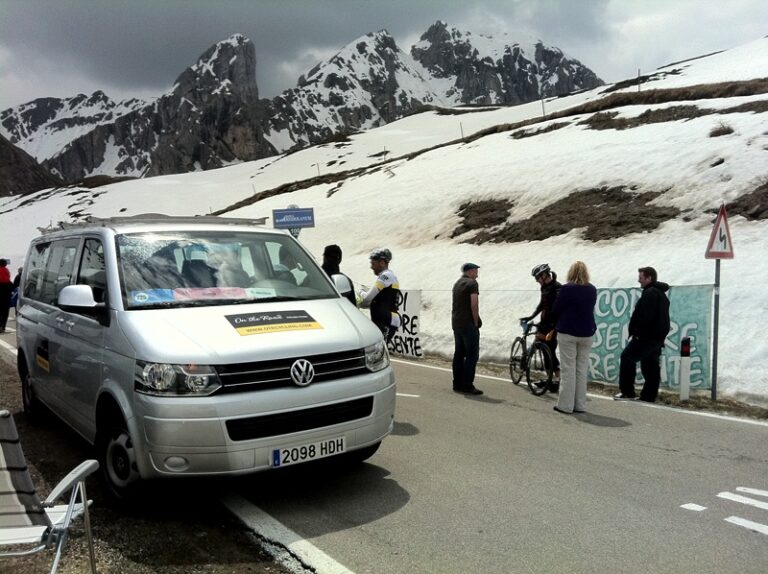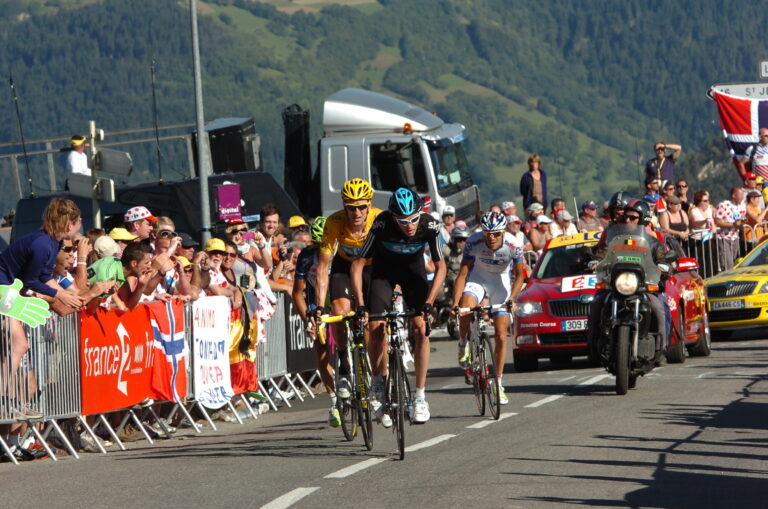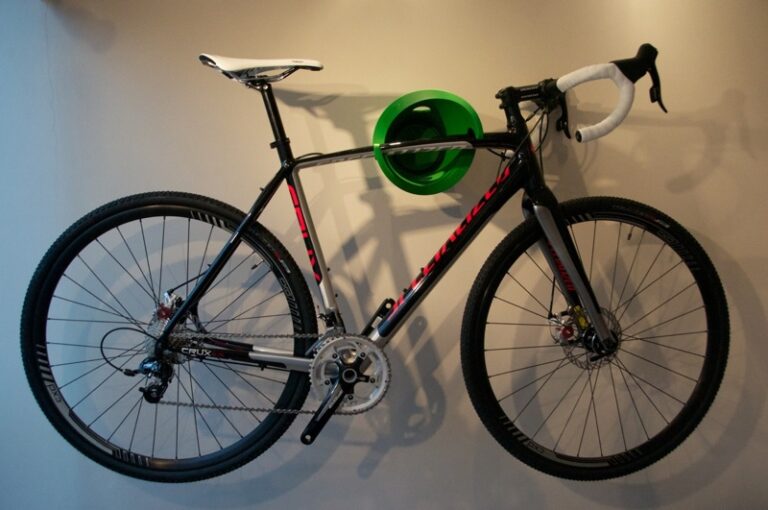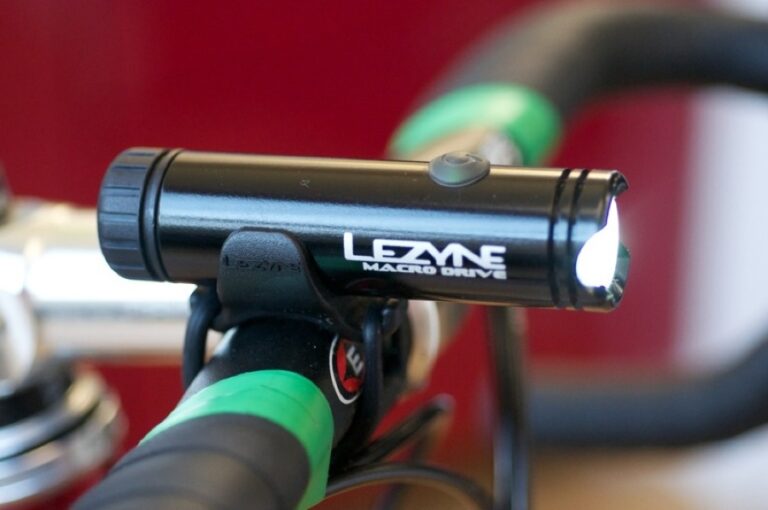The reason why turbo training is so challenging is because it is relentless.
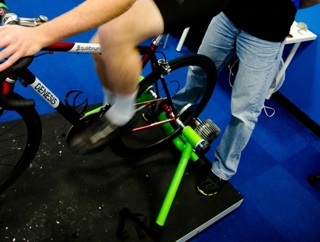
The constant unyielding resistance of a turbo doesn’t even allow you the moments breath of a freewheel, but it is this unrelenting quality that you can harness to make enormous gains this winter.
Many people say an hour on the turbo is worth two on the road, but I am not sure that is always true. As you might expect, it depends what you do with that hour. Because turbo training can be so very constant it can also become quite boring.
Most people tackle this by using the turbo for hard interval training to help pass the time. This often means that turbo sessions are short and sharp, with hard efforts and some rest and recovery riding in between. While this can give you some quality training it can lead you to end up with no fitness in the ‘middle’ and an ability to ride very easy for say a couple of hours or very hard for 30 seconds.
Intelligent intervals can be a good way to use a turbo through the winter, but this will usually be the case if you already have a good ‘base’ of fitness from several years of riding, or have a reasonable amount of time to get some longer rides in at other times in the week. Longer turbo intervals are probably more productive than very hard short ones in the winter and it can help to be experienced in working with ‘levels’ or training zones either using a power tap or heart rate monitor if this is your approach to the session.
For most people though, hard interval training is something you ought to do in preparation for your hardest summer events to help you to keep up over the toughest, steepest climbs. Or if you are racing, you can use these to ‘sharpen’ up for competition. In the winter the development of a good endurance ‘base’ depends on getting some time in at lower intensities rather than performing these shorter bursts, and knowing how to use the turbo for these sessions too can be critical to success.
Constructive constant efforts
Probably the most valuable thing you can do with a turbo session during the winter is work at a high endurance pace, sometimes described as ‘tempo’ training. This level of work is hard but sustainable. The intensity is often described as ‘Requires concentration to maintain alone, breathing deeply and rhythmically, halting conversation possible’. This higher level quality endurance work, together with longer steadier miles at the weekends can be one of the best ways to bring on your ‘base’ endurance over the winter, upon which you can start to build some harder efforts in early spring.
Working at this constant higher endurance level is surprisingly hard and using some sort of measurement gadget to keep the effort constant is really helpful to stay focussed. If you are using a heart rate monitor staying within a 10 beat zone at this perceived level of effort is one of the simplest ways to stay on track. A power tap can be used in a similar way with perhaps a 20-30 watt band width to achieve the same thing. Maintaining the same gear and cadence throughout is another simple way to monitor your effort.
Discuss in the forum

